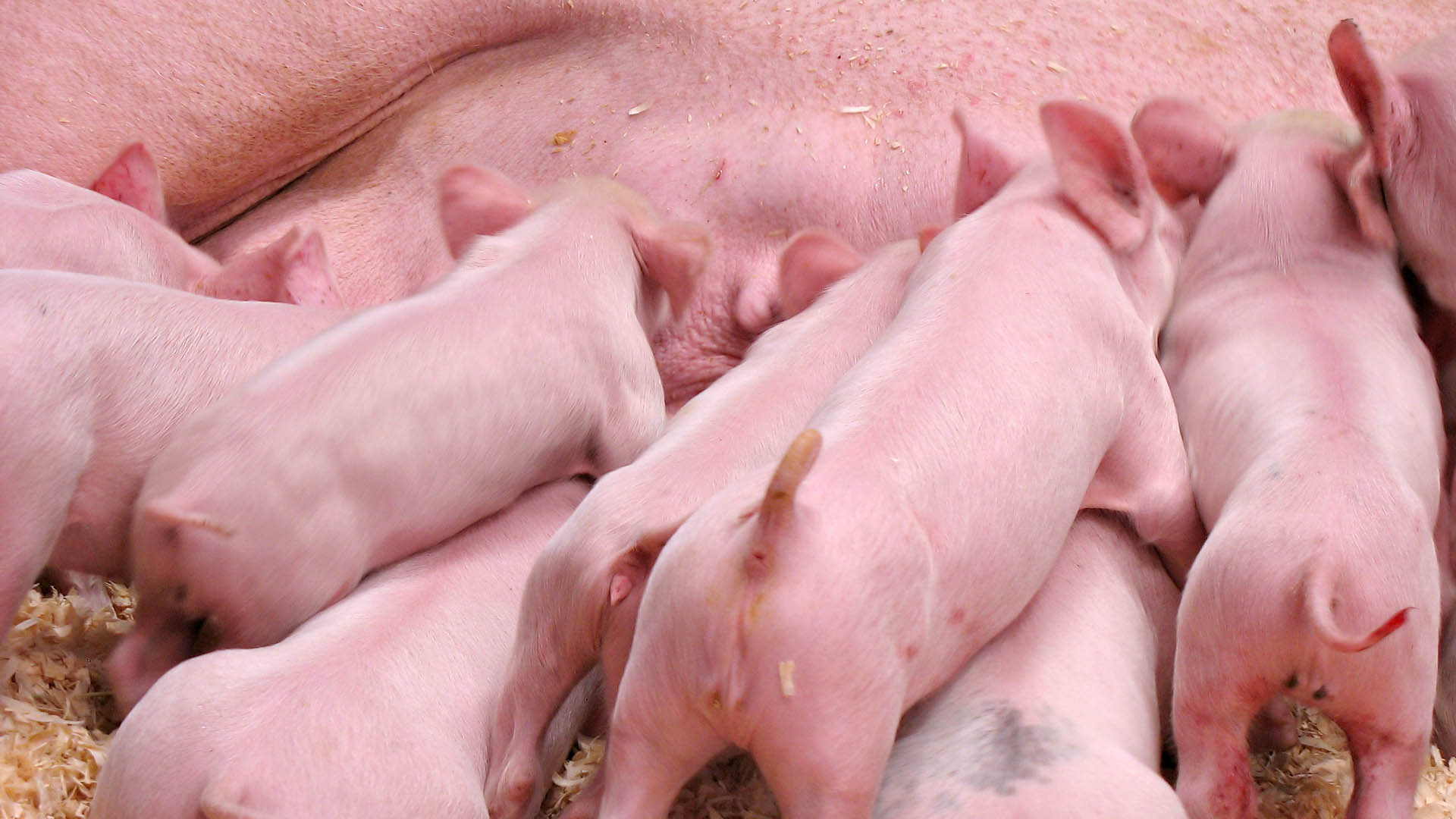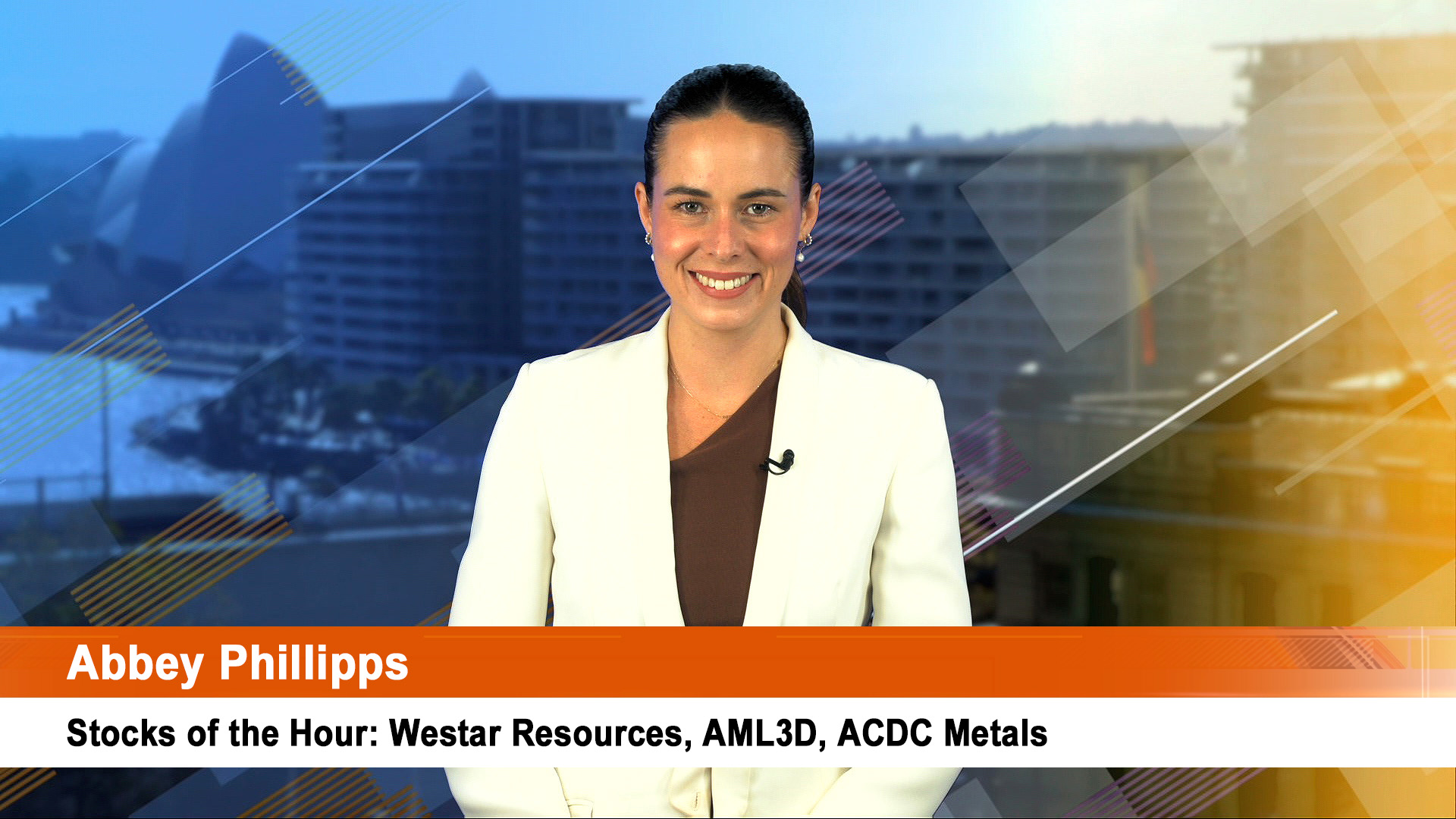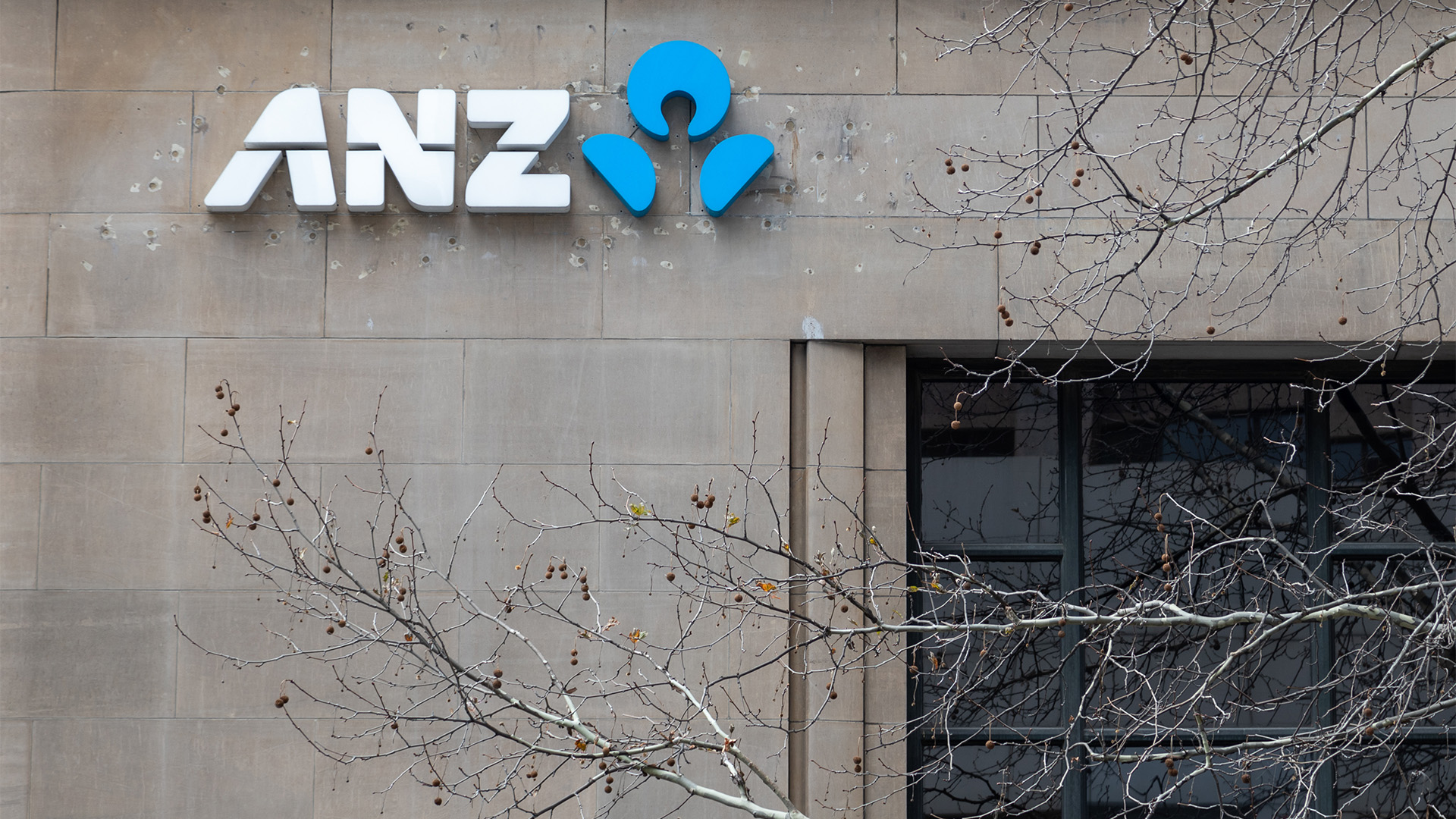Forget the faster than expected rate of consumer price inflation in China in February and look to why it happened – the occurrence of the single largest demand boost each year in China – the week long Lunar New Year/Spring Festival which sees demand for all types of foodstuffs skyrocket.
So last month the price of foodstuffs jumped 7.3% (up from a rise of 4.1% in January) because of the New Year festival which fell around February 8 and helped push up the cost of living from the 1.8% annual rate in January to 2.3% last month.
The price spike associated with New Year happens annually – last year the festival fell around February 19 and the rise in the cost of food saw the consumer price index jump to an annual rate of 1.4% from 0.8% in January 2015.
It then fell away as food prices eased and oil prices dropped over the remainder of the year only to edge up in November and December. And while at a 20 month high in February, the CPI still remains well under the official target of 3% for this year.
It was the biggest rise since July 2014, but an immaterial comparison.
Ignoring food, the spectre of disinflation remains real in China – non-food prices eased to a 1% rise in February, down from 1.2% in January (year on year).
Producer prices fell for a 48th straight month – a record. While the fall at an annual rate of 4.9% was better than the 5.3% rate in January and 5.9% for much of the last half of 2015, it was ahead of the rate in February of last year of minus 4.8%.
Yesterday’s inflation report follows the recent the very weak trade figures, especially for exports on Tuesday and weaker manufacturing activity last week.
The news hit China’s stockmarkets for a second day yesterday.
And in Japan it was a similar story with headline consumer inflation in slight deflation by some measures, or steady, but producer price pressures falling for an 11th month in a row.
Producer prices fell 3.4% year-on-year in February, faster than the 3.2% slide in January.
Japans’s PPI index began deflating last April and has been falling ever since. The index fell 4%, year on year last September, which is approaching China’s levels.
Month-on-month prices fell 0.2% in February which were better than the 1% slide in January, but still negative. Economists blame weak demand, weak wage growth (or none at all) and weak export demand, plus the continuing downward pressure caused by sliding energy costs for coal, oil and LNG.
And unlike the Reserve Bank of NZ yesterday morning, which cut its key rate to a record low of 2.25% from 2.50%, the Bank of Korea left its key indicator rate steady yesterday at a record low of 1.5%.
The South Korean central bank cut rates twice last year, in June and in March, and also twice in 2014. The RBNZ has now cut its rate five times in less than a year, after lifting it four times in 2014.
Like China and Japan, South Korea is facing weak demand for its exports (its lifeblood, like Japan especially), imports are weak thanks to the poor demand from industry and the collapse in key commodity prices such as oil, iron ore, LNG.
The South Korean government and business would like to see rates pushed lower, but South Korea’s household debt has risen sharply and personal credit card and other debt is a growing concern. There are fears any more rate cuts will see the already record level of consumer debt boosted to unsustainable levels.













